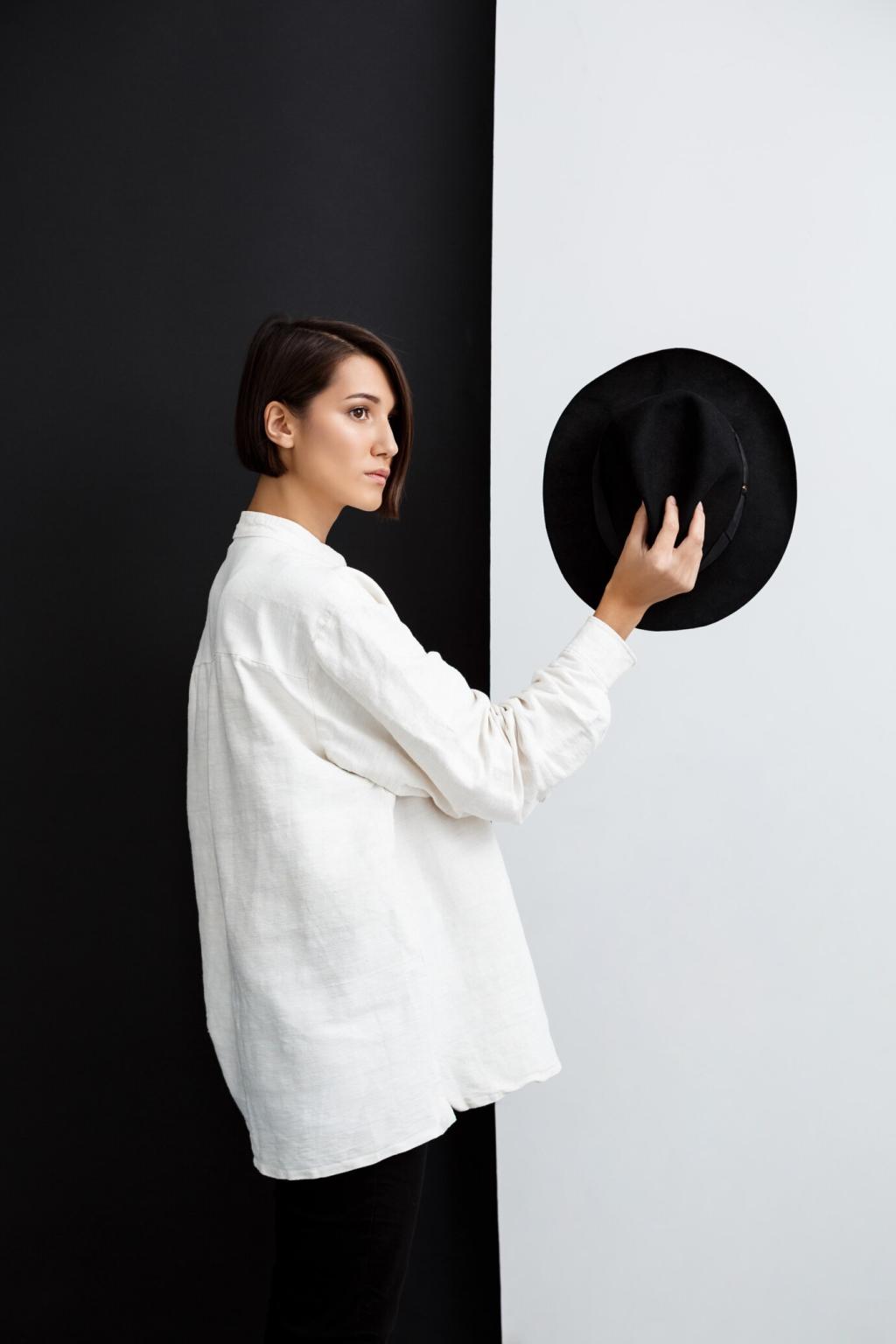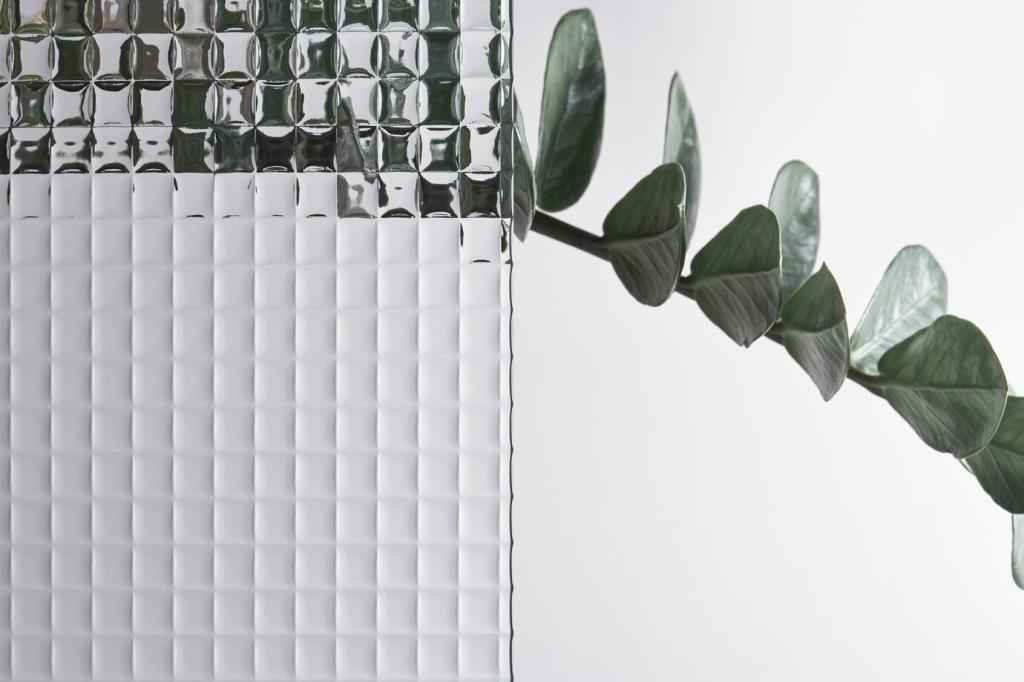Neutrals With Character: The Base Layer
Think clay, oat, and linen. These colors temper high contrast and soothe glare on screens and walls. A studio I visited swapped pure white for cream and noticed longer dwell time, calmer conversations, and happier clients. Share your favorite warm neutral.
Neutrals With Character: The Base Layer
Slate, fog, and graphite hold edges cleanly and clarify layout rhythm. They provide a steady grid for color accents to land. When prototypes feel mushy, try a cool gray scaffold to restore balance without harshness.
Neutrals With Character: The Base Layer
Greige with green, charcoal with blue, or taupe with violet undertones adds sophistication. These subtle shifts harmonize with nature-inspired accents. Explore your material samples under daylight and lamplight; note how undertones converse with changing environments.


